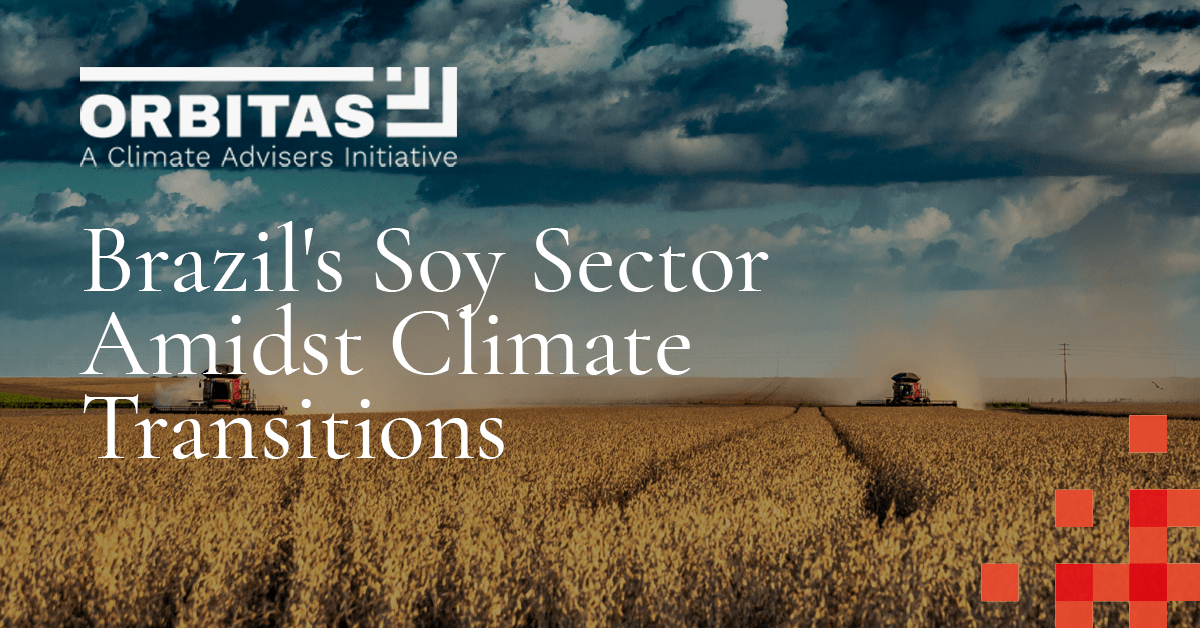
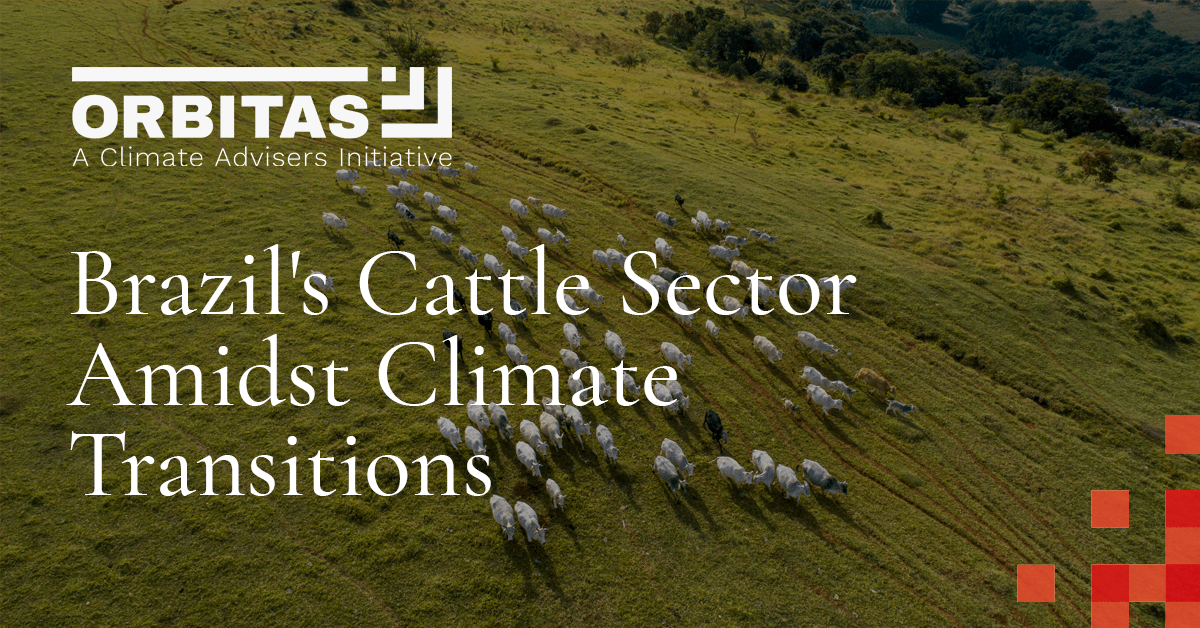

The latest Orbitas report assessing the financial risks and opportunities awaiting Brazil’s soy sector amidst climate transitions.

The latest Orbitas report assessing the financial risks and opportunities awaiting Brazil’s cattle sector amidst climate transitions.
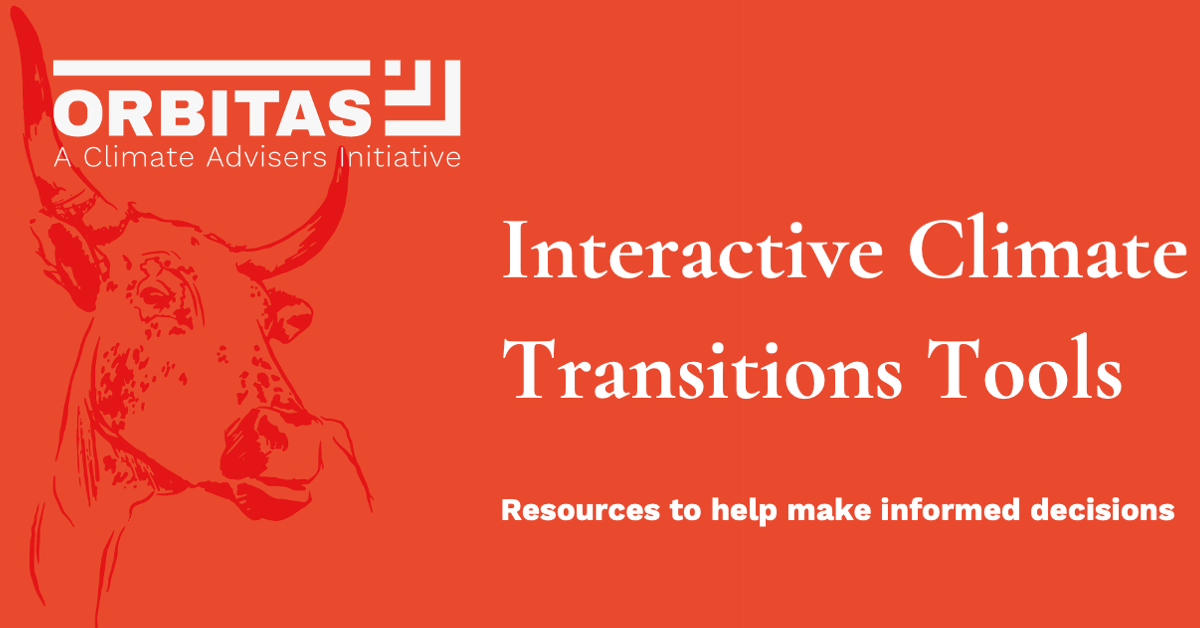
See our newest tools for stakeholders in Brazil’s cattle sector to see how different climate transition scenarios, illegal deforestation and other factors can impact their financial outlook.
WHO WE ARE
Orbitas – A Center of Excellence for the Climate and Land Economy
By combining cutting edge economic modeling with traditional financial analysis, Orbitas shines light on emerging climate transition risks and highlights opportunities for smarter financing. Orbitas is a Climate Advisers initiative.
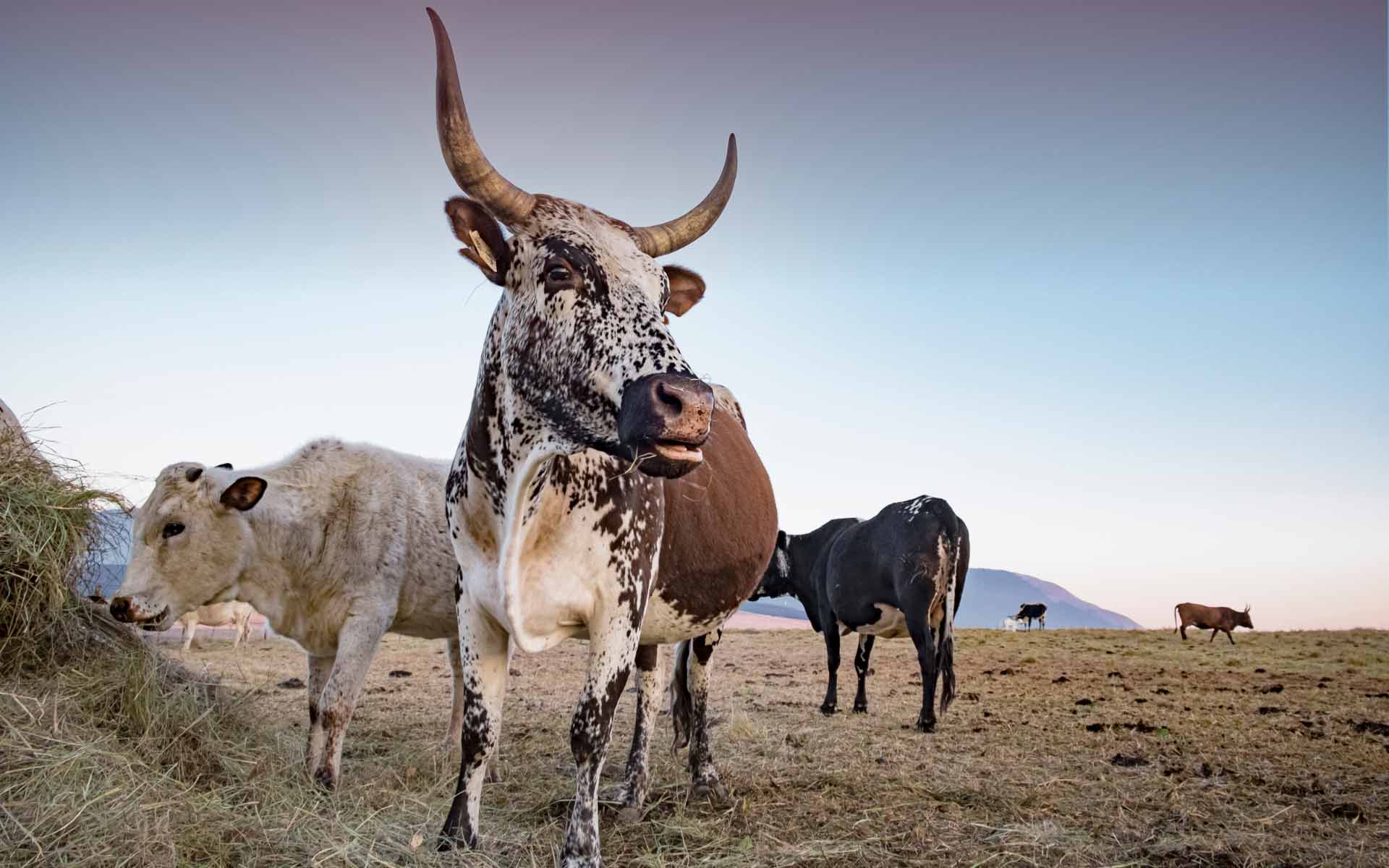
WHAT WE DO
Innovative analysis and investor engagement
Orbitas examines climate transition risks and opportunities for land economy stakeholders and capital providers.
Climate transitions are the efforts undertaken to tackle climate change through government policies, private sector commitments, evolving technology, and changing consumer preferences.
For companies and financiers involved in critical land economy sectors, like tropical commodities, reliant on future growth through land use change climate transitions represent material, industry-wide, disruptive risks. On the other hand, market leaders that proactively mitigate risks and lean into opportunities are likely to experience financial benefits.
EXPLORE
Learn about different types of climate transitions and how they impact vital sectors of the global land economy
How Finance Flows?
An interactive visual of tropical commodity financing
Who Funds Who?
Explore the network of tropical commodity financing.
What are the Risks?
Learn how climate transitions threaten your investments
HOW WE WORK
How Orbitas Makes Climate Transitions Visible
FOCUS ON OVERLOOKED
INDUSTRIES
Orbitas is dedicated to analyzing the land economy, which are impacted by climate transitions but have not yet received sufficient attention from capital providers.
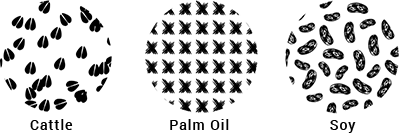


TRANSLATE ECONOMIC
MODELS INTO FINANCIAL RISKS
Orbitas uses innovative modeling approaches to understand what climate transitions mean for different goods and industries within the land economy.
Capital providers can then see how these transitions could impair investments, through changes in key financial metrics.
ENGAGE WITH
CAPITAL PROVIDERS
Orbitas will work with financial institutions to highlight their current risks, help them develop tools for integrating climate transition scenario analysis into their internal processes and support the development of financing structures that support sustainable growth.

WHY COMMODITIES
Untying crucial goods for climate and food security from deforestation
17% of global commodity-driven deforestation based GHG emissions
Palm
Uses: Food, cosmetics, biofuel and energy, animal feed, pharmaceuticals, industrial inputs
Highest producing countries: Indonesia, Malaysia
Annual market value: $65 billion (Source: IISD)
Commodity-driven GHG emissions: 447.6 million tonnes (2017)

5% of global commodity-driven deforestation based GHG emissions
Soy
Uses: Food, animal feed, biofuel, bio-composites (building materials, etc.)
Highest producing countries: United States, Brazil, Argentina, India
Annual market value: $150 billion (Source: IndustryARC)
Commodity-driven GHG emissions: 129.2 million tonnes (2017)

31% of global commodity-driven deforestation based GHG emissions
Cattle
Uses: Food (meat, dairy), leather
Highest producing countries: United States, Brazil, EU, China, India, Argentina
Annual market value: $300 billion (beef), $414 billion (leather) (Source: Grand View Research)
Commodity-driven GHG emissions: 752.7 million tonnes (beef), 39.6 million tonnes (leather) (2017)
17% of global commodity-driven deforestation based GHG emissions
Palm
Uses: Food, cosmetics, biofuel and energy, animal feed, pharmaceuticals, industrial inputs
Highest producing countries: Indonesia, Malaysia
Annual market value: $65 billion (Source: IISD)
Commodity-driven GHG emissions: 447.6 million tonnes (2017)

5% of global commodity-driven deforestation based GHG emissions
Soy
Uses: Food, animal feed, biofuel, bio-composites (building materials, etc.)
Highest producing countries: United States, Brazil, Argentina, India
Annual market value: $150 billion (Source: IndustryARC)
Commodity-driven GHG emissions: 129.2 million tonnes (2017)

31% of global commodity-driven deforestation based GHG emissions
Cattle
Uses: Food (meat, dairy), leather
Highest producing countries: United States, Brazil, EU, China, India, Argentina
Annual market value: $300 billion (beef), $414 billion (leather) (Source: Grand View Research)
Commodity-driven GHG emissions: 752.7 million tonnes (beef), 39.6 million tonnes (leather) (2017)
OUR PUBLICATIONS
Latest analysis and insights
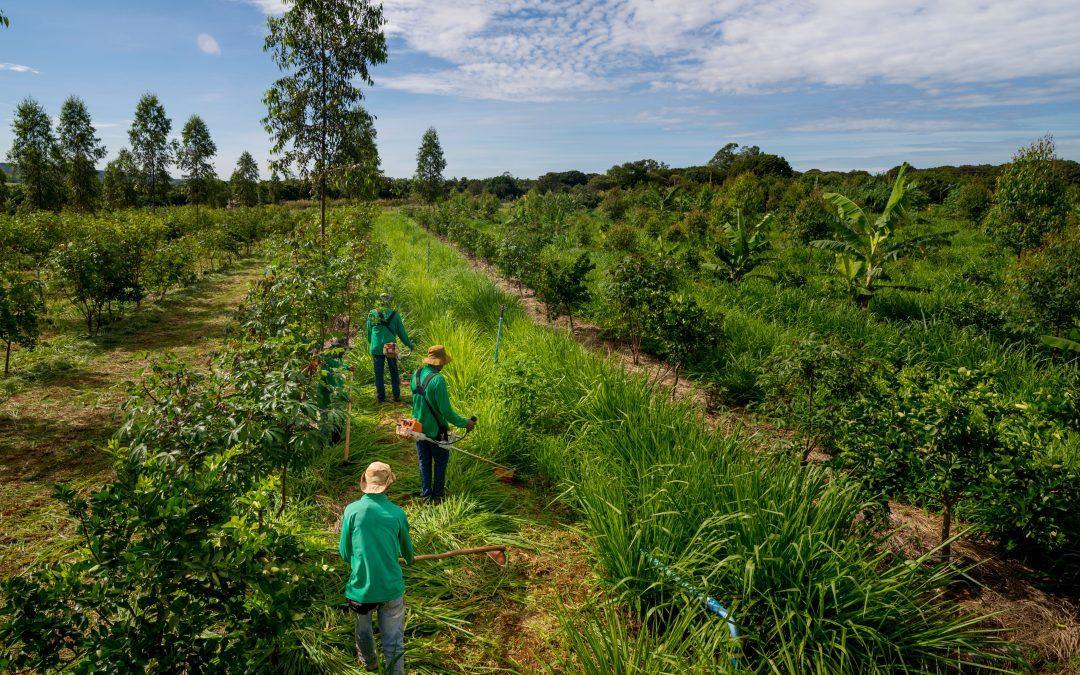
WEBINAR: Navigating climate risks and opportunities for land economy investors and companies
Join Environmental Finance and Orbitas to Discuss Climate Risks & Opportunity Trends Across the Land Economy Government, private sector, civil society and consumer...

Governments Inch Forward With Climate-Related Financial Regulations
Governments are continuing to take incremental steps to foster greater transparency to better understand climate-related risks to companies and the financial sector. To do...
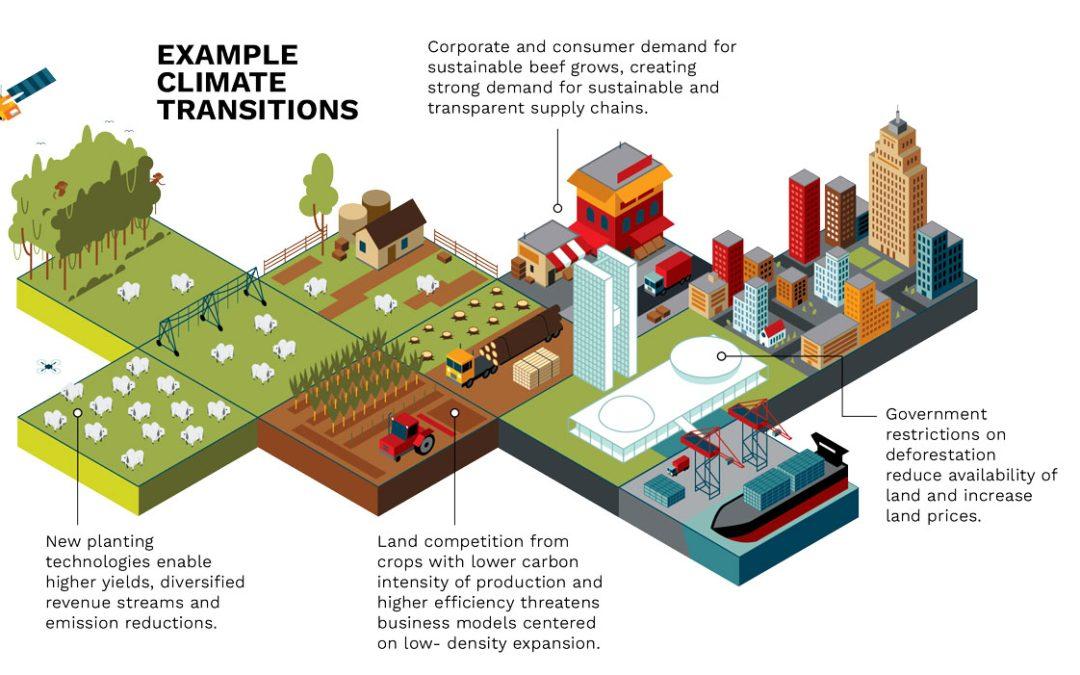
Investors In Brazil’s Cattle Sector Face A New Form of Risks from Climate Change
By 2050, Brazil’s cattle sector will face accelerating financial impacts related to material risks from climate transitions, making business as usual investment and...
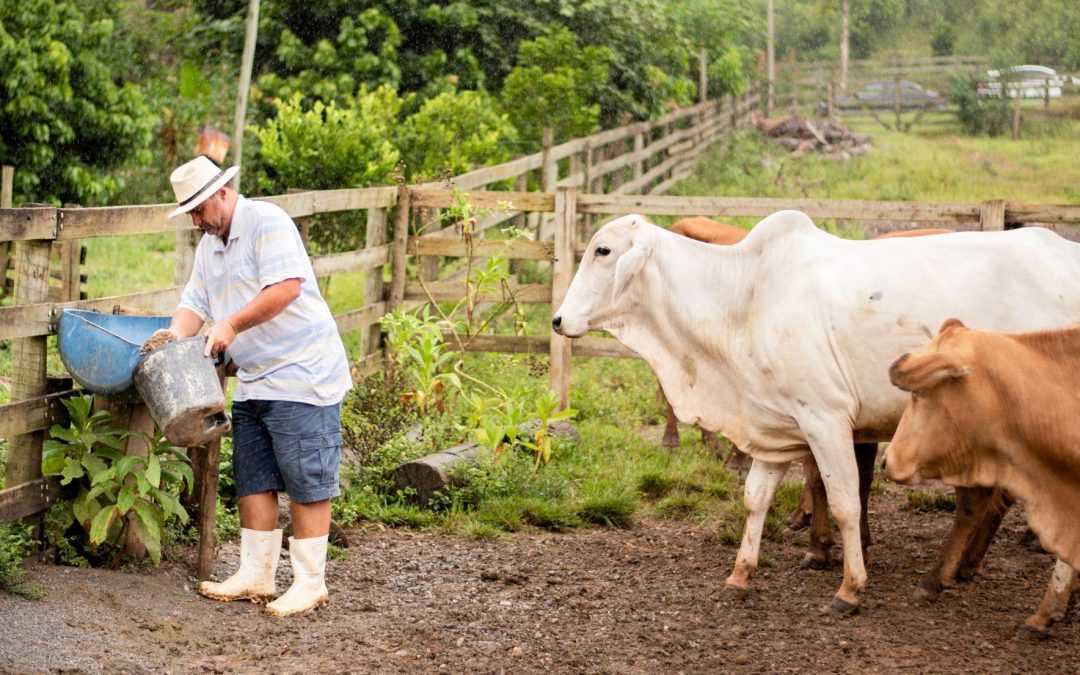
Financial Risks and Opportunities in the Age of Global Climate Action: a Brazilian agribusiness case study
Join Orbitas and Innovation Forum for Financial risks and opportunities in the age of global climate action: a Brazilian agribusiness case study. Learn more about the risks...
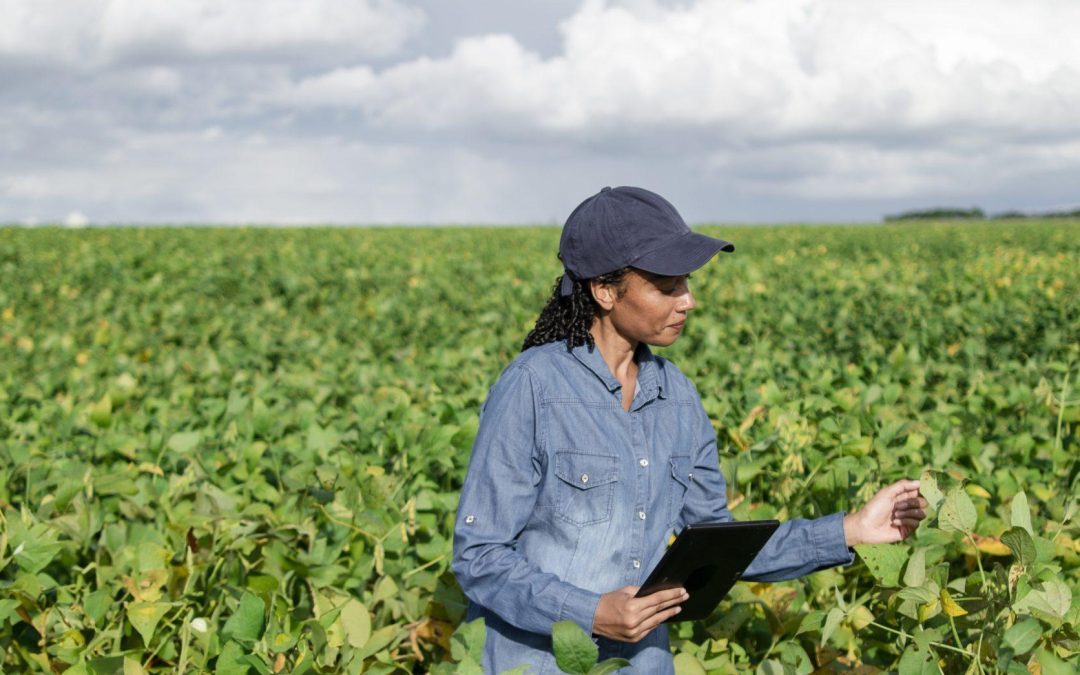
Brazil’s Climate Trajectory: What are the financial impacts for the cattle and soy sectors?
Join Orbitas in partnership with the GRI Club for Brazil’s Climate Trajectory: What are the financial impacts for the cattle and soy sectors? Find out how the transition to...
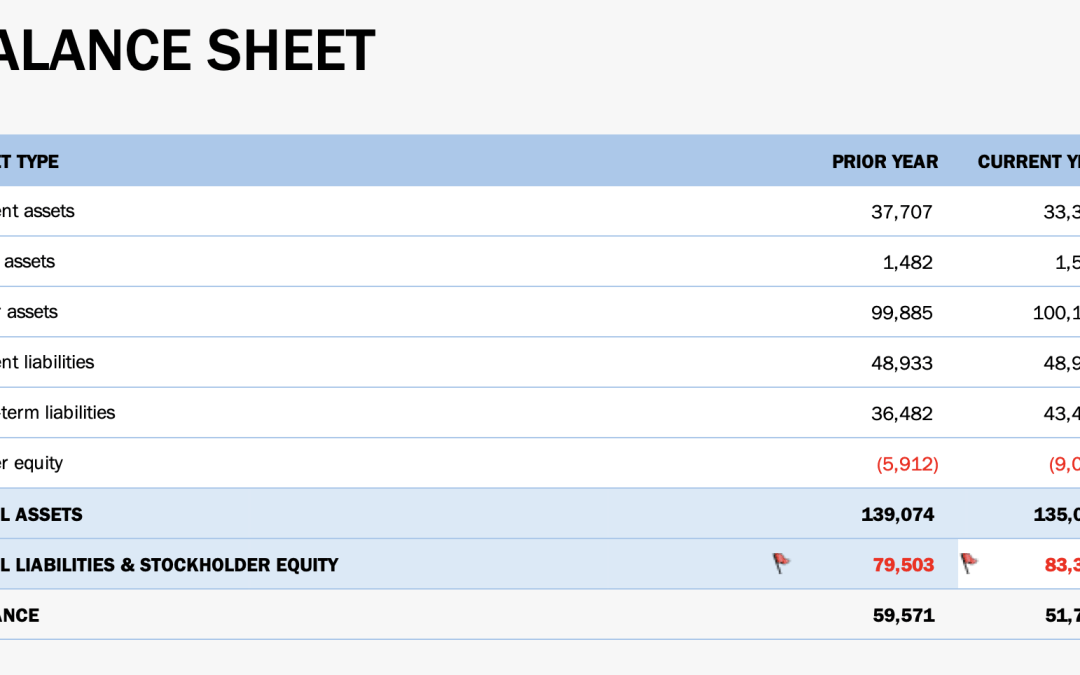
Making Climate Transition Impacts Visible in Financial Reporting
Climate change poses an unprecedented threat to the global economy, with its implications resonating across all industries. As governments, corporates, financiers, and...
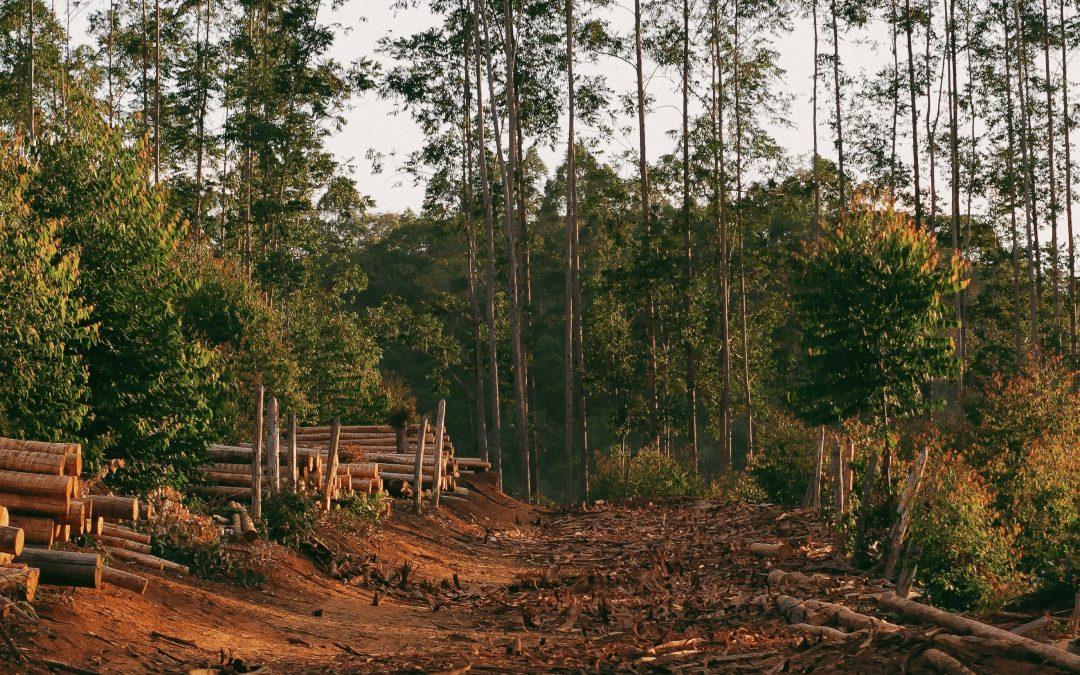
The High Cost of Ignoring Scope 3 Deforestation Emissions
Scope 3 commodity import deforestation emissions imported into the U.S. pose billions in financial risks for investors. This Orbitas report developed in partnership with...
OUR TEAM
